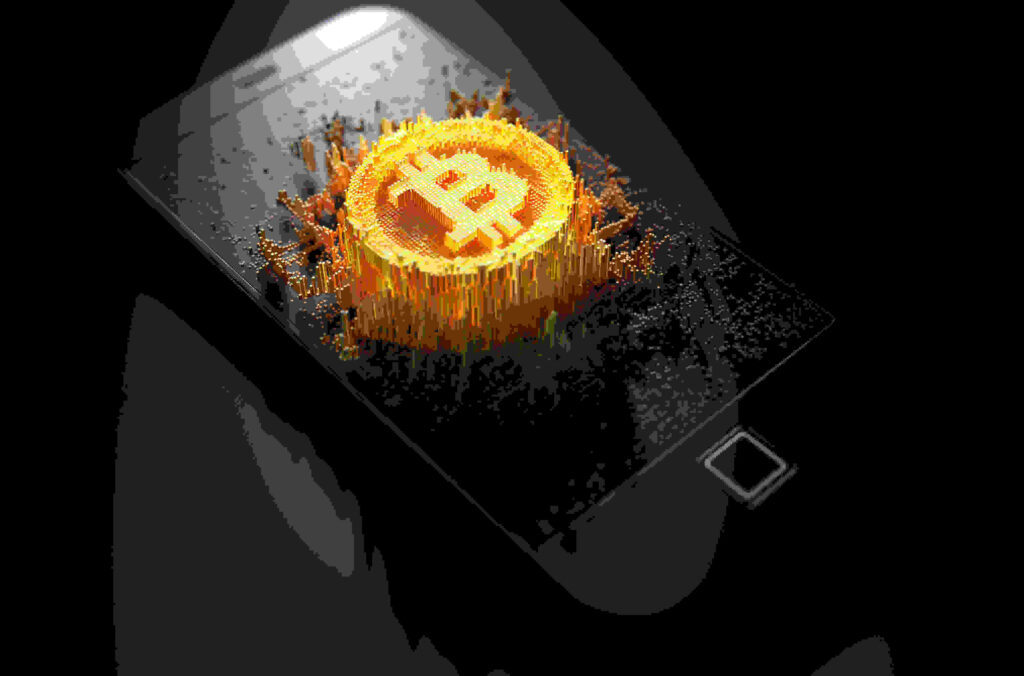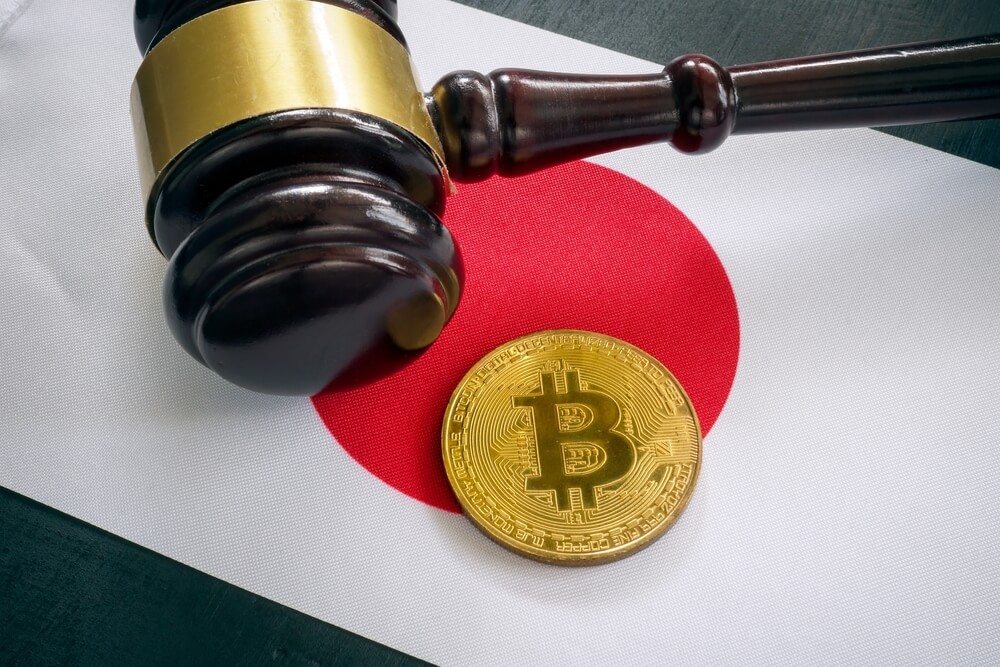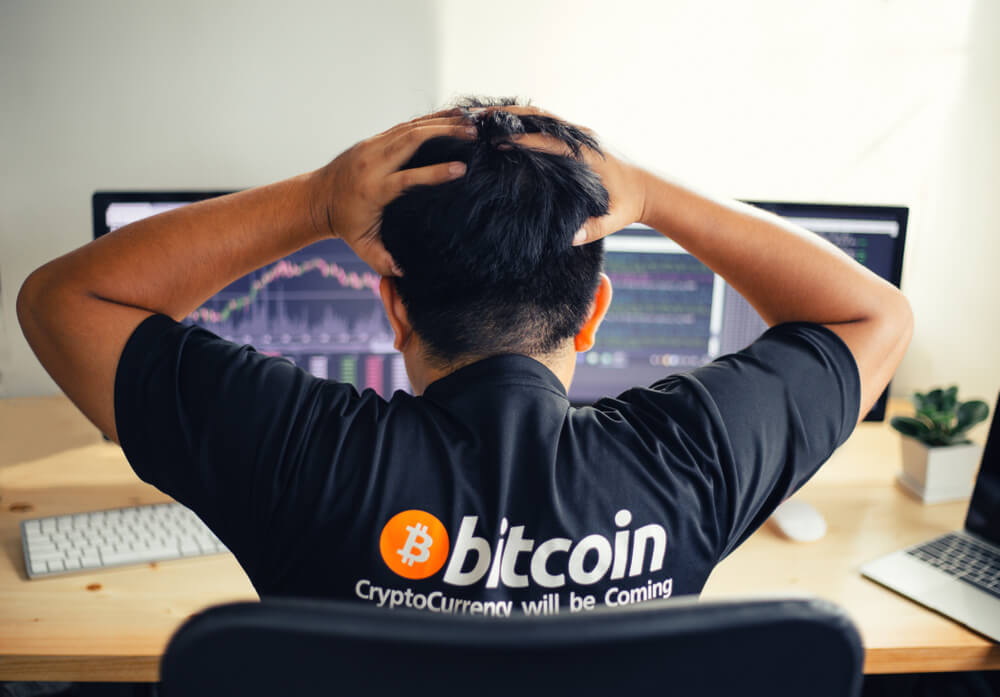
Latest in the D’Aloia Case
Learn more
April 25, 2023
Last Updated: April 8, 2024

Whether you’re an experienced Bitcoin miner or just getting started, you need to know about Bitcoin halving.
This event happens roughly every 4 years when 210,000 Bitcoin blocks are mined. The result? Miners receive half as much Bitcoin as they would have received previously for their blocks. Since the first halving in 2012, the number of Bitcoins released per block has been reduced twice.
Currently, the reward stands a 6.25 bitcoins per block. So, when’s the next crypto halving, and what should you expect in return for your mined blocks? Let’s get into it.
The next Bitcoin halving is expected to happen this year in 2024. Bitcoin halving is a big deal in the world of cryptocurrency. It affects how many new bitcoins are made and often leads to changes in Bitcoin’s price. Let’s dive into what might happen with the next Bitcoin halving.
Looking back, Bitcoin’s price usually goes up after a halving, but it doesn’t happen right away. After the last three times Bitcoin was halved, it took about 6 to 12 months for the price to really start climbing. This suggests that we might not see a quick jump in price right after the halving, but it could happen later on.
In 2024, the reward for mining Bitcoin will be cut in half again, going down to 3.125 bitcoins for every new block added to the blockchain. This means fewer new bitcoins will be created, which could affect the price.
If things keep going as they are, we expect another Bitcoin halving in 2028. This would follow the pattern of halvings happening roughly every four years. Take a look below for some more details on the past and expected halving events:
| Event | Date | Block number | Block reward | Total new bitcoins between events |
| Bitcoin launches | 3 January 2009 | 0 (genesis block) | 50 new BTC | 10,500,000 BTC |
| First halving | 28 November 2012 | 210,000 | 25 new BTC | 5,250,000 BTC |
| Second halving | 9 July 2016 | 420,000 | 12.5 new BTC | 2,625,000 BTC |
| Third halving | 11 May 2020 | 630,000 | 6.25 new BTC | 1,312,500 BTC |
| Fourth halving | Expected April 2024 | 740,000 | 3.125 new BTC | 656,250 BTC |
| Fifth halving | Expected 2028 | 850,000 | 1.5625 new BTC | 328,125 BTC |
Bitcoin halvings will continue to occur every 210,000 blocks until approximately 2140, when all 21 million coins will have been mined. This is not a complete list of all halving events.
Bitcoin halving is a built-in feature of Bitcoin’s programming designed to control inflation and extend the lifespan of this digital currency. Roughly every four years, the reward that Bitcoin miners receive for verifying transactions and adding them to the blockchain is cut in half.
This process ensures that the total number of bitcoins in circulation approaches, but never exceeds, 21 million. By gradually reducing the rate at which new bitcoins are created, halving helps maintain scarcity, which can influence the value of Bitcoin. This mechanism mimics the effect of mining precious metals like gold, where the supply becomes more limited over time, potentially increasing its value.
In the last halving event on May 11, 2020, the mining rewards for Bitcoin decreased by 50%, causing a bullish scenario and a surge in the coin’s price from $6,877.62 to $8,821. Despite volatility, the price continued to rise and reached $49,504 by May 11, 2021.
This pattern was also seen in the previous halving events in 2012 and 2016, where the strongest upside happened after the event. Although the price dropped significantly around 12-17 months later, it still remained higher than pre-halving levels.
After a Bitcoin halving event, mining could become unprofitable for some due to costs like electricity and hardware. This could then lead to a reduction in processing power in the network. However, the software will automatically adjust the transaction verification difficulty to maintain a steady block mining rate, so the speed of mining should not be affected.
Once all 21 million bitcoins have been mined, miners will no longer receive new Bitcoins but will still receive transaction fees. This is expected to happen in 2140. After this, bitcoin will become deflationary as coins can be lost due to user error.
The easiest way to trade during a Bitcoin halving is through Contracts for Difference (CDF). These allow you to speculate on the price changes without owning any Bitcoin. Another option is to buy Bitcoin on an exchange – you’ll have to create an account and store your coins in a wallet.

Andy has a breadth of experience as a Barrister and as a Chartered Tax Advisor, which means he comes into the crypto space with expertise he can't wait to share.
Learn more"*" indicates required fields

August 20th, 2024

June 17th, 2024

April 24th, 2024

March 20th, 2024

March 20th, 2024

March 20th, 2024

March 11th, 2024

February 12th, 2024

February 12th, 2024

January 11th, 2024